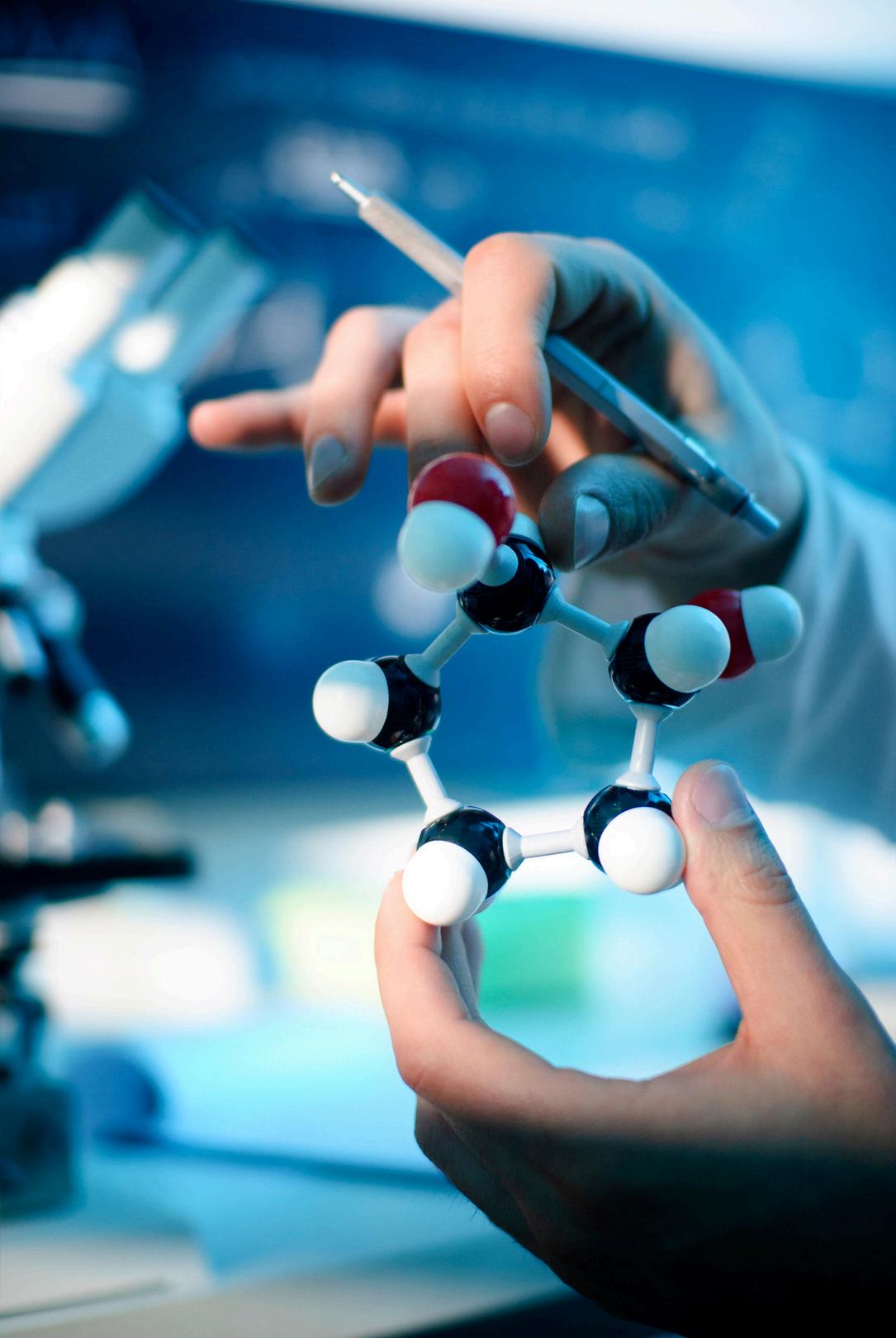












Sodium ion battery negative electrode materials are critical components that determine battery performance, lifespan, and cost-efficiency. These materials primarily include carbon-based compounds, titanium-based materials, alloy composites, and other innovative formulations designed to enhance ionic conductivity and structural stability. As alternatives to lithium-ion technology, sodium-ion batteries are gaining traction because sodium is more abundant and cost-effective, though they currently face energy density challenges.

The market growth is driven by increasing demand for sustainable energy storage solutions, particularly in grid-level applications and industrial power backups. While the technology is still emerging, recent advancements in material science and strategic partnerships are accelerating commercialization.
BY TYPE
Carbon Based Material
Titanium-Based Compounds

Alloy Material
Others
Power
Backup
Grid-Level Applications
Industrial
Others

The global shift toward renewable energy grid storage solutions is creating unpreced sodium-ion battery technologies. Unlike lit alternatives, sodium-ion batteries utilize a materials – sodium reserves are approxim more plentiful than lithium reserves globa


Grid-scale energy storage presents a $50 billion addressable market for sodium-ion technology by 2030. The intermittent nature of solar and wind generation requires affordable, long-duration storage solutions where sodium-ion's cost and safety advantages shine. Recent project bids have seen sodium-ion systems priced 35% below lithium-ion alternatives for 4-8 hour storage applications. Negative electrode material innovations enabling higher cycling stability could capture significant market share as renewable penetration exceeds 30% in many regions.
Advancements in hard carbon anode technologies have become a pivotal trend in the sodium ion battery negative electrode material market, driven by the need for cost-effective and high-performance energy storage solutions. Hard carbon materials, known for their disordered structure that facilitates sodium ion intercalation, are increasingly preferred over traditional graphite anodes used in lithium-ion batteries, as sodium ions require larger interlayer spacing
Europe's market is advancing rapidly, heavily influenced by the European Union's stringent regulations and ambitious Green Deal objectives, which prioritize sustainable and locally sourced battery production. The region is focusing on developing a circular economy for batteries, impacting material choices and encouraging the use of abundant materials like sodium. Collaborative projects between academia and industry are prevalent, targeting the advancement of titanium-based and other advanced negative electrode materials.
The North American market is characterized by significant technological innovation and strategic investments aimed at building a domestic supply chain for advanced battery materials. The United States is the primary driver, with growing interest from both private industry and federal initiatives to reduce reliance on overseas supply chains for critical battery components. Research institutions and startups are actively developing novel negative electrode materials, with a focus on improving energy density and sustainability.


BTR New Material Group (China)
NEI Corporation (USA)
HiNa Battery Technology (China)
Shanshan Technology (China)
Targray (Canada)
Kuraray (Japan)
Shinzoom Technology (China)
MSE Supplies (USA)
Altris (Sweden)

These companies represent some of the major key players driving innovation and growth in the market, contributing significantly to global supply and competitive dynamics.

Founded in 2015, 24chemicalresearch is a trusted name in global chemical industry intelligence. We specialize in delivering high-quality market research reports, empowering over 30+ Fortune 500 clients with data-driven insights for strategic growth. Our team of experienced analysts delivers customized, reliable, and timely research backed by a rigorous methodology. From mining regulatory trends to forecasting market opportunities, our reports help companies navigate industry challenges, stay competitive, and grow confidently.
As a one-stop platform for the chemical sector, we offer:
Deep specialization in chemical market analysis
Customized reports tailored to your needs
A robust portal with free samples, consulting, and competitive insights





